
Other life safety means may be set up:
-
the lighthouses and lightships
-
the weather-ships, including FRANCE II, anchored today at La Rochelle museum
-
the high-seas tugs, the true lorries of the high seas.
-
the ambulance-boats
-
the Société des Oeuvres de Mer (founded by doctor Charcot) and the fishing supply sailing ships.
 |
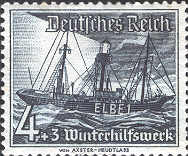 |
| On 11 March 1899 occurs the first radio use to save a distressed ship: the lightship EAST GOODWIN, in the Channel, cables to the South Foreland light, close to Douvres.. | BÜRGERMEISTER O'SWALD I on station at Elbe 1 point suffers a violent storm on 27 October 1936, sinks and the 25 crew disappear. |
 |
On 7 February 1936, the Daunt Rock lightship at Cork harbour way out, COMET, breaks her mooring: the crew is saved by the lifeboat Mary Stanford. The ship will be later recovered and will serve until 1965. |
|
|||
|
FRANCE 1 was in station at geostationnary point R (or Roméo,
47°N-17°O), located at 600 milles westbound La Rochelle and
reached in two days and a half in good conditions. |
|
The high-seas tugs |
|
| MALABAR
launched on 16 April 1975, entered in service on 3 February 1976.
Powerfull tug of French Navy,
MALABAR has for namer town Saint-Pierre et Miquelon from the 22 November
1982. Two 4600 hp Diesel allow her to reach 14 knots. High seas tugs of Malabar type are considered as 2nd class ice-breakers. |
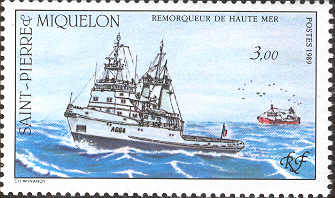 |
|
|
|
| Since its foundation
in 1864 at Le Havre, the Company Les Abeilles has been established
in twenty harbours from France, Africa and Oceania. She owns now a
fleat of hundred tugs, 7 of them being in Dunkirk, and employes more
1200 people, 80 % of them being sailing staff. The harbour towing
provides fluidity, quickness and safety of manoeuvres to the
marchand ships going in or out, or inside the docks. One of its most powerfull tugs, Abeille Flandre, is in charge of safety in the "Ouessant rail". |
|
| The ambulance ships | |
|
|
|
| The 'FLYING CHRISTINE III' built by Seaward Marine for the St John
Ambulance and Rescue Service of Guernsey is based on a
Nelson 45 hull, with a one-off superstructure specially designed for
the purpose. With the inflatable dinghy, she provides medical aid to
people living in the islands and to visiting ships. Powered by two V8 Caterpillar 435 hp. Length Overall: 46' - 6" Beam: 13' - 0" Max Speed: 25 knots |
|
|
The Société des Oeuvres de Mer and its hospital-ships |
|
| Hospital ships used to visit the
fishermen on the Banks: in 1898,
282 ships were helped, 57 sicks hospitalized and 14 shipwrecks
victims saved. 4 342 letters were delivered to 118 ships and 1587
reveived to be send to France. From 1898, the Société des Oeuvres de Mer arms Saint-Pierre and Saint-Paul to assist the fleet of cob fishing off St Pierre-et-Miquelon. |
|
|
|
|
|
Saint-Pierre was built
at Buron yards in St Malo and launched on 18 March 1897 to replacer
the first of the same name, sunk on 30 May 1896. In 1900, SAINT FRANCOIS D'ASSISE, an iron steam and sail vessel with a 300 hp engine is launched at Nantes. In 1914, SaintE JeHanne is launched at Nantes for the Société des Oeuvres de Mer : 841 tons, 52.8 m length, a triple expansion steam engine of 65 hp, a speed of 11 knots, a crew of 27-29 men.. On 17 March 1920, she is renamed Ste Jeanne d'Arc She is sold on 29 octobre 1935 to be scrapped by a british yard. |
|
|
|
|

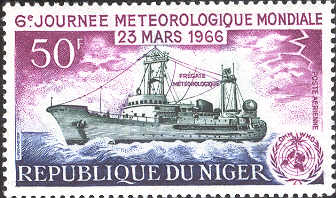
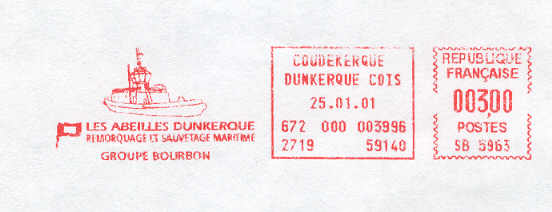



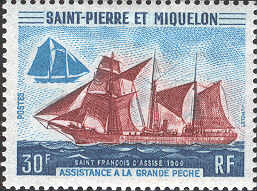
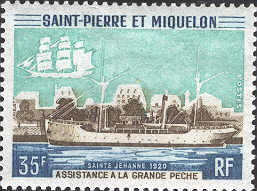
 MENU
MENU 
